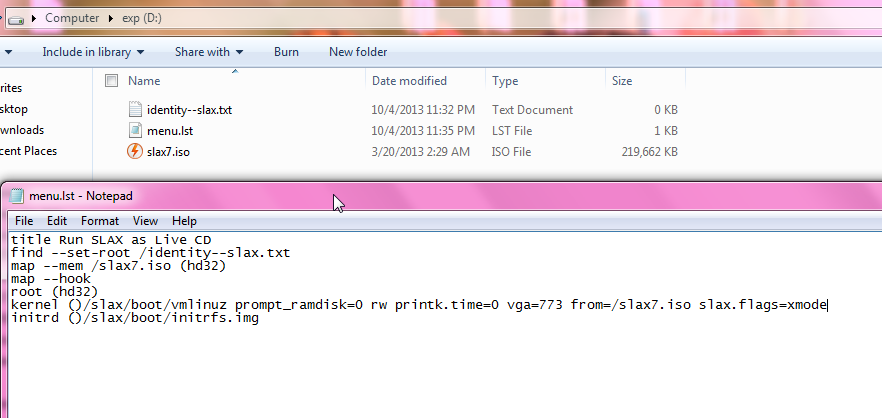
Super Fdisk 10 Bootable Iso Download
Download Super Fdisk Bootable CD 1.0. A free Productivity program for Windows. Convert disk files that can be ready by removable drives Power ISO.
Okay I'm trying to create a BOOTABLE Windows7 image on a USB key from a Mac running Lion. My image is.iso format. I tried: sudo dd if=/Users/myusername/Win7.iso of=/dev/disk1 bs=1m And this succeeded in writing the files, except in DISK UTILITY on the mac, it shows the partition type as GUID Partition Table and not 'Master Boor Record'.
Booting the key on my Vista computer yields the error 'No boot sector on USB Device' From what I can tell, bs=1m in the DD command should have left 1 Megabyte for the boot sector, but for some reason this area of the USB Key is not set up correctly so that it will boot How can I fix this, or correctly use dd to write a bootable cd image such that it is now a bootable usb drive? Note: in the instructions I read about, they recommended renaming my Win7.iso to Win7.dmg before using DD, which made absolutely no sense to me, so I didn't do it. I could try with that step now, but it takes 1.99 hours to write the image to the USB drive so there is a huge penalty to trial and error here. I had a similar problem when trying to create a bootable USB disk from OSX.
The issue was that doesn't set up the Master Boot Record correctly on the USB disk. You have to do this manually with Disk Util and fdisk. • Format the disk in Disk Utility, with the correct MBR • Open Disk Utilty • Select the USB device • Click Partition • Select 1 partition in the partition layout • Select “Master Boot Record” in the options • Select MS-DOS (FAT) in the format type. • Click Apply, then Partition • Close Disk Utility This will wipe the USB disk and set it up with the correct boot record • Install the MBR binary from the SysLinux project • Use the command line diskutil to find the device name for your USB drive. Diskutil list • Unmount the USB drive with the command line. NB: Be sure to swap the device reference (in my case it is /dev/SOMEdisk2) with the correct one for your usb key that you identified in the previous step – this will change for each machine.
Diskutil unmountDisk /dev/SOMEdisk2 • Mark the partition active, then unmount it again sudo fdisk -e /dev/SOMEdisk2 print f 1 write print exit diskutil unmountDisk /dev/SOMEdisk2 • and extract the mbr.bin file • Install the MBR sudo dd conv=notrunc bs=440 count=1 if=mbr.bin of=/dev/SOMEdisk2 NB: see my if you need further help with steps 4 & 5. • Use UnetBootin to install your OS install files • Download and install if you haven’t already • Load the application, choose your preferred distribution, and then click OK • When it’s finished, eject the USB key and use it. This method doesn't use dd nor have I tested it. You should be able to use to transfer the filesystem in the ISO to a USB drive. UNetBootIn is an open-source, cross-platform utility for transfering bootable CD/DVD images to USB drives. Run UNetBootIn (runs on Windows, Mac OS X and Linux) and select the Disk Image radio button. Then choose ISO from the dropdown menu (ISO is the default) and put the path to the ISO file into the path field.
From there select the desired USB drive to transfer it to and click OK.
Super Fdisk Super Fdisk is the free DOS Partition Manager. With Super Fdisk, you can quickly and easily create, delete, format partitions in DOS system.
Super Fdisk Bootable CD Super Fdisk Bootable CD is a free ISO version of Super Fdisk, which has the same functions as Super Fdisk. You can burn it into CD/DVD to guide the boot of the system. This Super Fdisk Bootable CD is used for booting to repartition hard drive. Note: Super Fdisk and Super Fdisk Bootable CD now have been sold out and we have stopped selling these two utilities. Free download midi lagu pop indonesia terbaru. If you want to recover lost data, please go to.